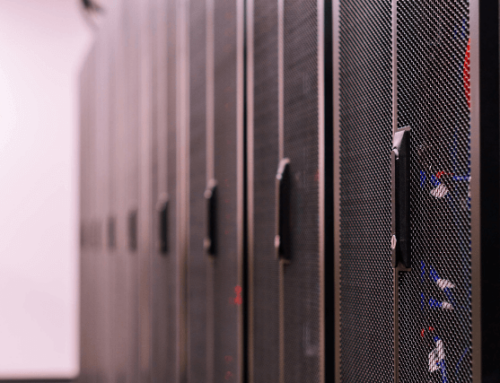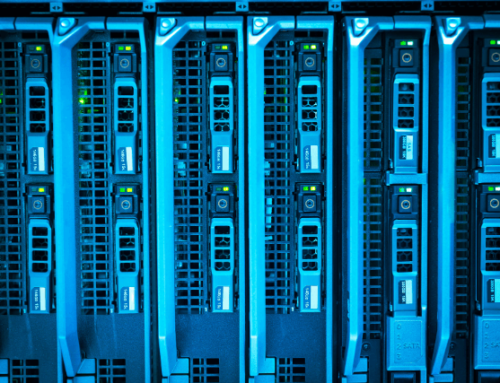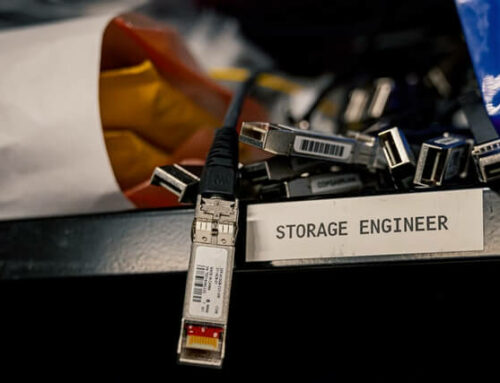How Adapture Partners are Leading the Way
April 22 is Earth Day—a day commemorating the start of the modern environmental movement in the late 1960s and early 1970s. Key environmental issues of the time centered on factory pollution and the associated issues around air quality and destruction of marine resources. There was also a strong movement against the use of fertilizers and pesticides. The movement to address those issues remains strong to this day, but the everyday technology we have more recently come to depend on has brought forth its own set of environmental problems—particularly around energy consumption.
The National Resource Defense Council (NRDC) lists data centers among the fastest-growing electricity consumers in the United States—directly contributing to the construction of new power plants as demand for energy continues to surge. The NRDC estimates U.S. data centers will consume nearly 140 billion kilowatt-hours of electricity annually by 2020—the equivalent output of 50 power plants.[1]
“If just half of the savings potential from adopting energy efficiency best practices were realized, America’s data centers could slash their electricity consumption by as much as 40 percent.”
– The National Resource Defense Council
Virtualization Technology from VMware can Reduce Energy Consumption by 80%
Underutilized desktop and server hardware is a main contributing factor to high levels of energy consumption for most companies. These assets typically run at utilization rates of 5-15% and consume just as much power while idle. But by consolidating servers onto fewer physical machines, an organization can dramatically reduce energy consumption while still delivering optimal application performance. The entire Fortune 100 relies on virtualization technology from our partner VMware, which consolidates multiple servers and applications onto a single x86 machine. Virtualization technology has the potential to reduce data center energy costs and consumption by as much as 80%.[2] But NRDC research suggests there is still a huge amount of untapped potential to conserve energy through server virtualization. In fact, they have cited the limited deployment of virtualization as a significant challenge toward optimizing energy efficiency in the data center. Even in cases where virtualization is deployed, utilization is often below 40%, largely because the hardware capacity and performance continues to grow faster than the workload resources can be consolidated.
Dell Leads the Way Toward Energy Efficiency with Fresh Air Hardware
Dell is leading the charge toward innovation in data center cooling with its Dell Fresh Air 2.0 hardware solution. By using outdoor air with next-gen Fresh Air hardware, your infrastructure can perform at a higher temperature and humidity level. This technology has the capability to eliminate your need for chillers and dramatically reduce energy consumption and the total cost of operating a data center.
In addition to its pioneering Fresh Air technology, Dell proudly lists nearly 50 PowerEdge server products that have received ENERGY STAR 2.0 designation—including tower servers, rack servers, blade servers, and modular servers.
The U.S. Environmental Protection Agency indicates that ENERGY STAR servers are built with more efficient power supplies, have advanced power management features, measure performance in real-time, and maintain lower idle draws. Additionally, processors must utilize dynamic voltage and frequency scaling to reduce consumption during times of lower utilization or reduced power states.
F5 Networks Reduces the Energy Consumption by Utilizing 80 PLUS Gold Certified Power Supplies
Our partners at F5 Networks are behind the highest performing Application Delivery Controllers in the world—the award-winning BIG-IP platform. But high-performance can also mean high energy consumption. That’s why F5 utilizes 80 PLUS Gold and Platinum Certified high-efficiency power supplies.
80 PLUS designation is given to electronic devices with power supplies that reach “80% or greater efficiency at 10, 20, 50, and 100 percent of rated load with a true power factor of 0.9 or greater.”[3] This standard ensures that 80 PLUS certified power supplies are significantly more energy efficient.
Energy efficient power supplies generate less heat, which also contributes to a reduction in data center cooling costs. Costs related to climate control comprise a huge percentage of the overall cost of operating a data center. The cost of climate control can very easily exceed the cost of the physical infrastructure itself.
“Cooling costs are the largest expense in a data center. The combination of minimizing footprint with VMware virtualization solutions, reducing the need for chillers with Dell Fresh Air technology, and generating less heat from power supplies used by F5 and our other partners, presents an opportunity for cost savings and reduced energy consumption that is staggering.”
– Ahmed Abdalla, Solutions Architect at Adapture
A growing number of power companies are even offering subsidies to organizations that significantly reduce their consumption levels. Two recent case studies published by VMware illustrate the expected value return from investing in energy efficient data center technology. After investing in a more virtualized infrastructure, Johnson Controls reclaimed 32 tons of cooling capacity and reduced data center power usage from 49KVA to 8.1KVA. Furthermore, First American Corporation received a six-figure rebate from their local power company after making similar investments.
If you’re interested in learning more about making your infrastructure more energy efficient, contact one of our Solutions Architects today. Oh – and Happy Earth Day!
[1] https://www.nrdc.org/sites/default/files/data-center-efficiency-assessment-IB.pdf
[2] http://www.vmware.com/files/pdf/VMware-GREEN-IT-OVERVIEW-SB-EN.pdf
[3] http://www.plugloadsolutions.com/80pluspowersupplies.aspx#












